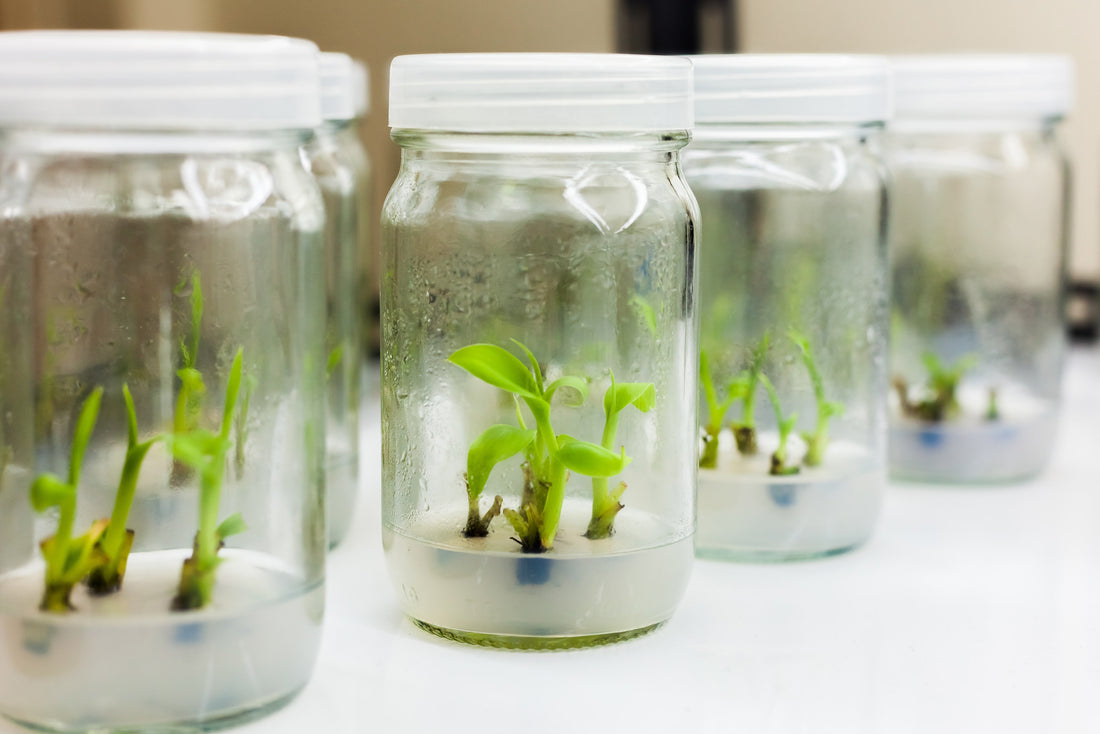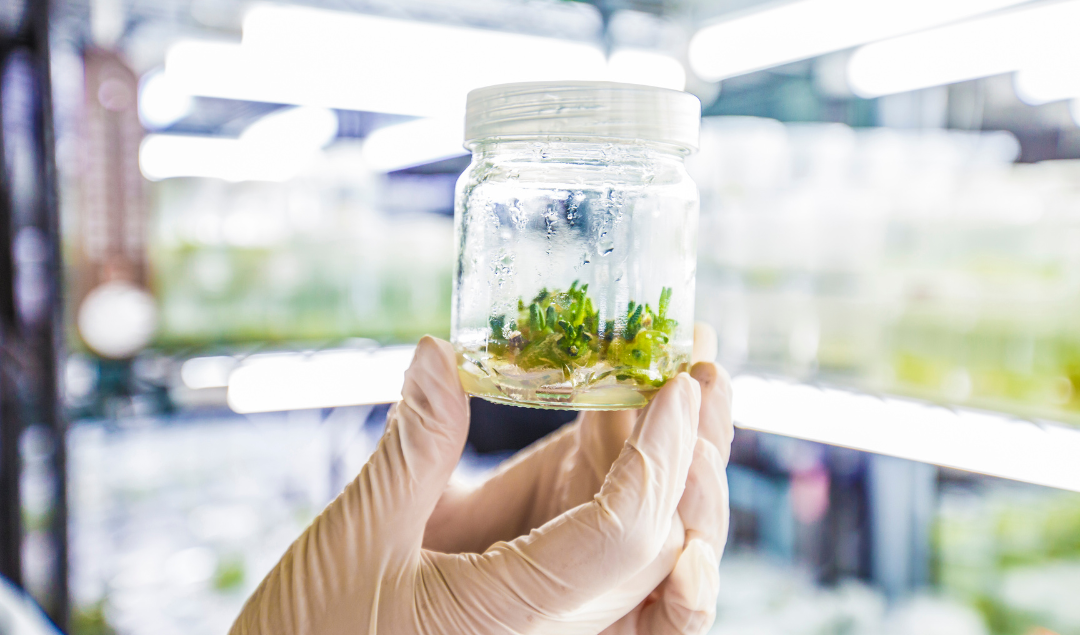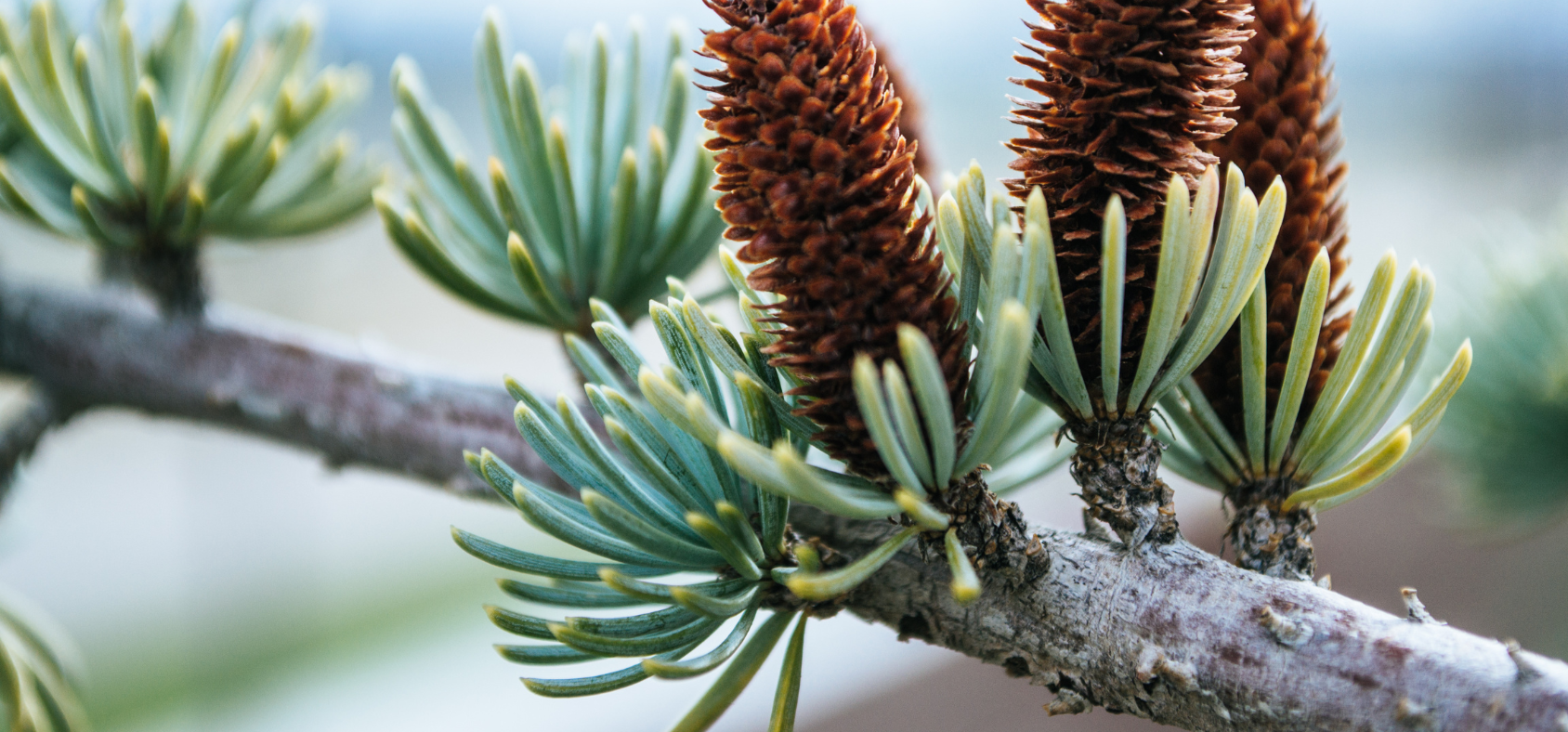
Plant Growth Regulator's Impact on Tissue Culture
As a content and community manager, I leverage my expertise in plant biotechnology, passion for tissue culture, and writing skills to create compelling articles, simplifying intricate scientific concepts, and address your inquiries. As a dedicated science communicator, I strive to spark curiosity and foster a love for science in my audience.


The plant growth regulators are plant hormones involved in the plant's growth and development. The five main classes of plant hormones include auxin, cytokinin, gibberellin, ethylene, and abscisic acid. These growth regulators are directly or indirectly involved in the regulation of growth and organized organ development of plant tissues cultured under in vitro or laboratory conditions.
The interactions of auxin and cytokinin are considered to be the most important regulation to induce organ development in the cultured tissues. However, the importance of this single interaction shouldn't downplay the rest of the hormone's impact in your cultures. The hormones like gibberellin, abscisic acid, and ethylene indirectly induce the developmental response in cultures. The requirement of these hormones in the culturing procedures depends on the type of explant and species to be cultured. The addition of growth regulators in the culture media also depends on the goal of the culturing process. For example, gibberellin, ethylene, and abscisic acid are not required for organ development or cell proliferation in culture.
Other than these naturally occurring growth regulators, there are other synthetic plant growth regulators widely used in the tissue culture industry. These synthetic regulators work by either stimulating or inhibiting the endogenous or natural hormones.
This article will brief you on all five main classes of plant growth regulators or plant hormones and their effects on tissue culture.
Classes of Plant Growth Regulators
1.Auxin
Auxins promote cell division, cell expansion, cell wall acidification, the formation of callus, and organ development in plants. Indole-3-acetic acid (IAA) is the most essential naturally occurring auxin. However, depending on the species, age, and season the plant is being grown, certain other auxins are found. Other auxins include 4-chloroindole-3-acetic acid, indole-3-acrylic acid, indole-3-butyric acid (IBA).
Despite the role auxin plays in naturally growing plants, auxin's use in tissue culture media is limited because of its instability in both heat and light. The natural question arises, “how do culturists supplement the media with auxin?”
The answer to the question is “by using synthetic auxins”.
Synthetic auxins are prepared in chemical labs and function like natural auxins. These auxins are more stable compared to natural auxins. The most commonly used synthetic auxins in culture media includes 2,4-dichlorophenoxyacetic acid (2,4-D; often used for callus induction and suspension cultures), and 1-naphthaleneacetic acid (NAA; when organogenesis is required). Some other synthetic auxins are also available that have restrictive use in tissue culture media.
2. Cytokinin
Cytokinins play a role in cell division, break lateral bud dormancy, and induce adventitious bud formation. The most commonly used naturally occurring cytokinins in tissue culture are zeatin, 2-iP, dihydro-zeatin, and zeatin riboside. These are structurally related, purine-derived compounds. The use of these compounds in tissue culture media is limited due to it's expensive and unstable in certain situations. The synthetic analogs of cytokinins widely used in tissue culture media include kinetin and BAP (benzylaminopurine).
Some responses in tissue culture are achieved by the joint action of auxin and cytokinin. For example, cell growth, cell differentiation, and organ development are aspects controlled by the interaction between the auxin and cytokinin. A high auxin to cytokinin ratio favors the root formation, whereas high cytokinin to auxin ratio favors shoot formation. The formation of callus occurs when there is an intermediate level of both the hormones (auxin and cytokinin). Therefore, it's essential to have balanced and controlled levels of both regulators in culture media. 
Figure: A schematic diagram showing the culture response at different auxin to cytokinin ratio.
Source: https://www.aladdin-e.com/up_files/docs/Plant%20t...
3. Gibberellin
Gibberellin is responsible for stem elongation, seed germination, and promoting flowering (in some species). About 90 naturally occurring gibberellins are known to date but only a few of them have application in tissue culture. The most commonly used gibberellin used in culture media is GA3.
In tissue culture, GA's (gibberellic acids) are supplemented in some operations and avoided in others. For example, the presence of GA's in media can inhibit organ development (root and shoot formation) and somatic embryogenesis. However, gibberellic acids are necessary to induce normal callus growth. Similarly, gibberellic acids can inhibit the meristemoid initiation; the catch is the meristemoid initiation is required for the growth and development of organs that are already formed.
4. Ethylene
Ethylene is a naturally occurring gaseous hormone that plays a role in fruit ripening, senescence, and leaf abscission. In tissue culture, the use of ethylene as a growth regulator is not widespread. The hormone inhibits the growth and development of the plants in the culture at a higher concentration. However, it enhances the responses of plants towards auxin at lower concentrations.
Ethylene is produced in all cultures. A high dose of ethylene in culture can negatively impact the response of the explants. It’s essential to have culture bottles with gas exchange filters to counteract the negative explant response. To avoid the accumulation of ethylene in culture, some other chemicals like Ethephon (Ethrel; 2-chloroethylphosphonic acid; or 2-CEPA) and Purafil, are also used.
5. Abscisic acid
Abscisic acid maintains bud and seed dormancy, inhibits cell wall acidification and slows cell elongation. It’s not commonly used in tissue culture processes because of its negative responses. The hormone promotes somatic embryogenesis at a lower concentration. However, abscisic acid halts the developmental response of cultures at a higher concentration.
The growth hormones play an essential role in a plant’s growth either in the natural environment or tissue culture. The main idea is to balance and check the concentration of these hormones depending on the culturing species.
Shop our Plant Preservative Products Today!
References
- Gaspar, T., Kevers, C., Penel, C., Greppin, H., Reid, D. M., & Thorpe, T. A. (1996). Plant hormones and plant growth regulators in plant tissue culture. In Vitro Cellular & Developmental Biology - Plant, 32(4), 272–289. doi:10.1007/bf02822700 .
- https://www.aladdin-e.com/up_files/docs/Plant%20tissue%20culture%20%E2%80%93%20Plant%20growth%20regulators.pdf
- Bradley, Peter & Cheney, Donald. (1990). Some effects of plant growth regulators on tissue cultures of the marine red alga Agardhiella subulata (Gigartinales, Rhodophyta). Hydrobiologia. 204-205. 353-360. 10.1007/BF00040256
Blog Categories
View by Level
Popular Blogs

Media pH: Why It Matters More Than You Think in Plant Tissue Culture
Introduction Plant tissue culture is a cornerstone technique in modern plant biotechnology, enabling the propagation of plants under sterile and...
Read More
Can We Grow Wood in a Lab? The Future of Tissue Culture in Forestry
Introduction Wood has long been a cornerstone of human civilization—used for shelter, tools, paper, energy, and countless everyday items. However,...
Read MoreSubscribe to Our Newsletter








Join the conversation
Your email address will not be published. Required fields are marked